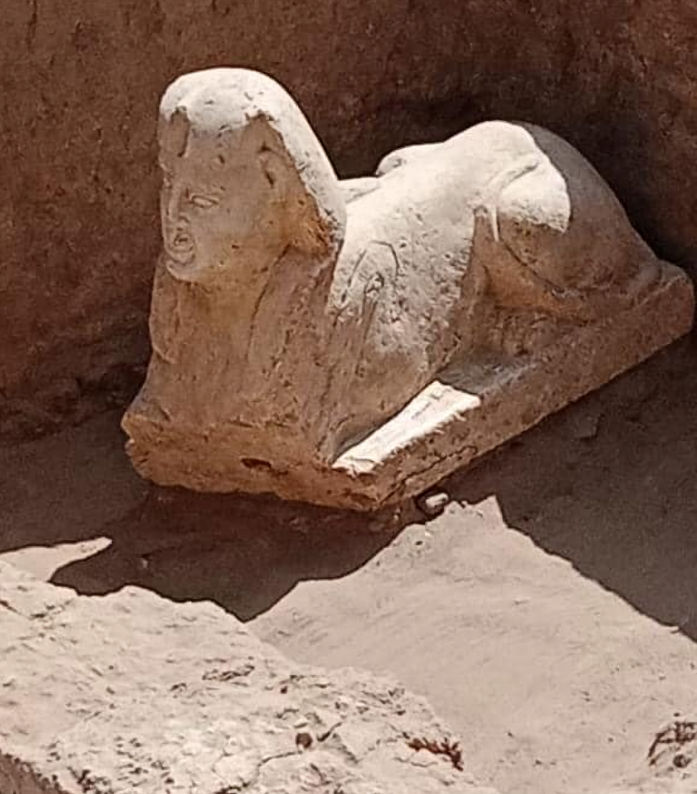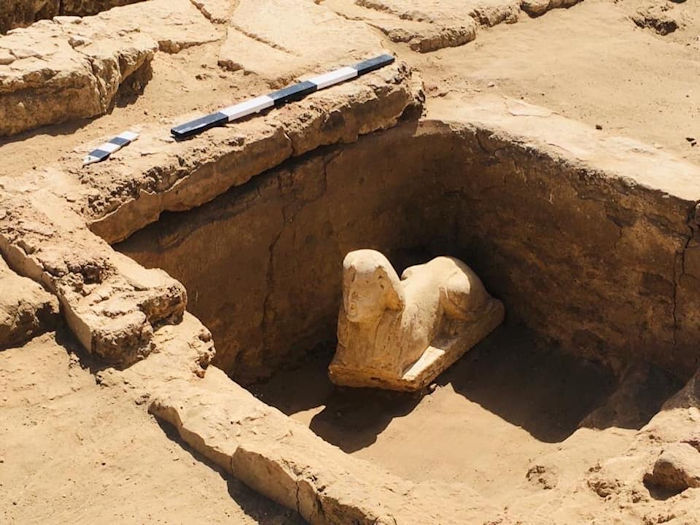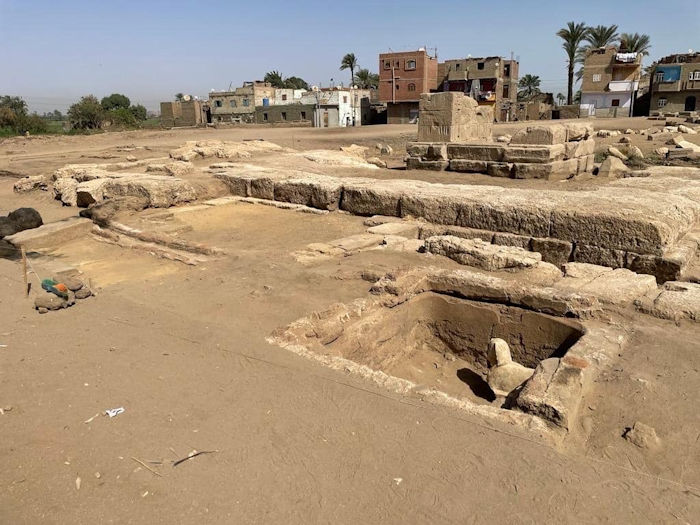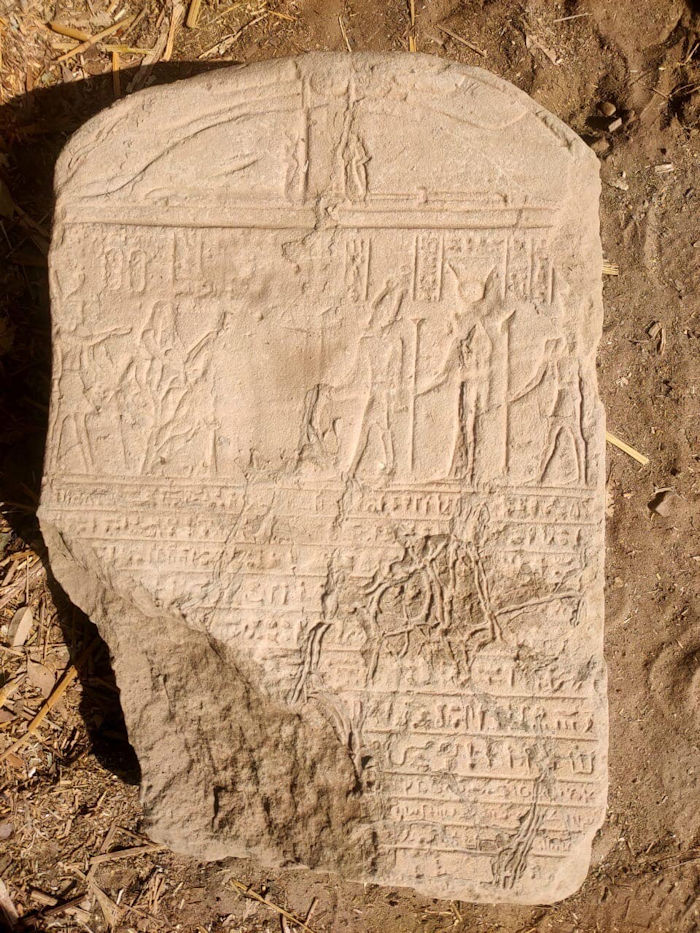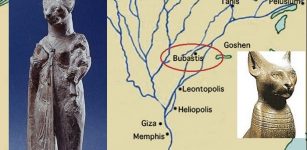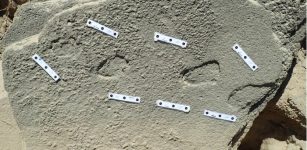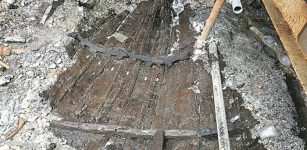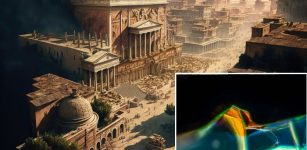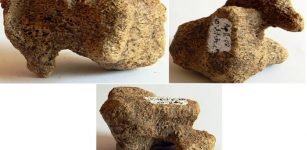Sphinx Statue With A Smiley Face And Two Dimples Unearthed In Qena, Egypt
Conny Waters - AncientPages.com - Ancient people understood a smile could brighten the day. That is a least what most think after the announcement a smiling sphinx has been discovered in the land of the Pharaohs.
The Ministry of Tourism and Antiquities said in a press statement a sphinx statue "with a smiley face and two dimples" in Quena.
Credit: Ministry of Tourism and Antiquities
The smiling sphinx of a Roman emperor and remains of a shrine were unearthed during excavation work at the eastern side of Dendera Temple in Qena, where Horus Temple was once located, carried out by an Egyptian archaeological mission from Ain Shams University.
Credit: Ministry of Tourism and Antiquities
"Former minister of antiquities and professor of Egyptology at Ain Shams University Mamdouh El-Damaty said the remains of the shrine are carved in limestone and consist of a two-level platform with foundations and a ramp. In the shrine a mudbrick Byzantine basin with a ladder covered with plaster was found. During cleaning, a smiling sphinx carved in limestone was uncovered in the basin.
Credit: Ministry of Tourism and Antiquities
Credit: Ministry of Tourism and Antiquities
Credit: Ministry of Tourism and Antiquities
Credit: Ministry of Tourism and Antiquities
“It is a beautifully and accurately carved sphinx,” said El-Damaty, explaining that it bears royal facial features with a smiling face and two dimples. The statue wears the nemes on his head with the cobra shaped ureas.
“Primary examination of the statue shows that it could belong to the Roman emperor Claudianoius,” El-Damaty said, adding that a Roman stelae written in Demotic and Hieroglyphic was also unearthed beneath the statue," Ahram Online reports.
Once fully deciphered, the stele may shed light on the identity of the sculpted ruler, who the Egyptian research team said could be Emperor Claudius.
The mission will continue excavation work in the area of the Temple of Horus east of the Temple of Dandera and in front of the Isis Gate to reveal the road that connects them.
Written by Conny Waters - AncientPages.com Staff Writer


